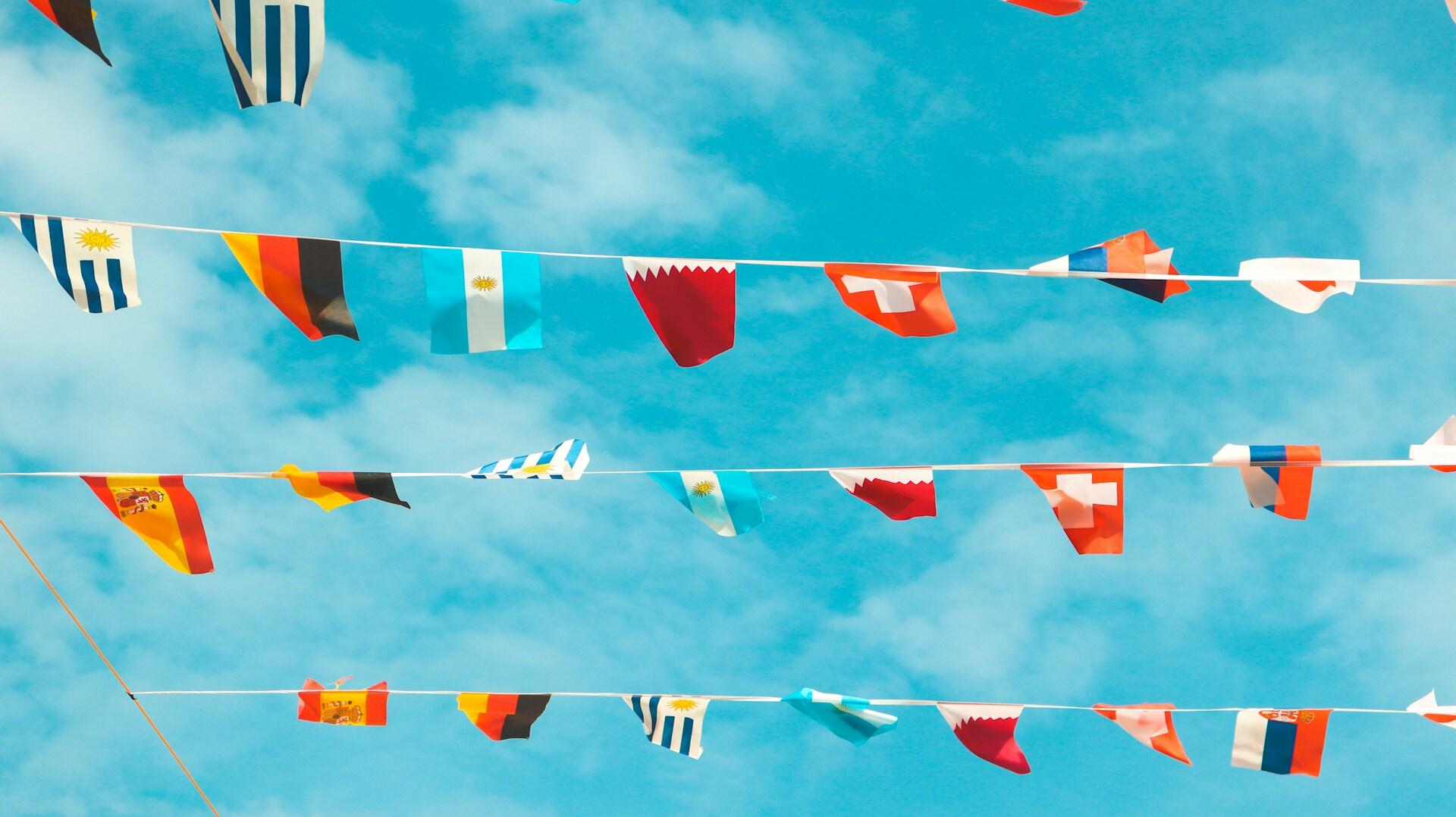Among all national symbols, none expresses a country’s identity as clearly as its flag. Present since ancient times, flags have endured through the centuries - from battlefields to sporting events and grand diplomatic ceremonies. Even today, they embody a people’s history, values and aspirations.
There are nearly 200 countries recognized by the United Nations and therefore almost 200 flags around the world. Are you passionate about geography or geopolitics? Take the quiz to find out how well you really know the history and meaning of the world’s flags.
Quiz
Quiz :
The World Flags: More Than Just a Piece of Cloth
A flag always tells a story. It’s not just decoration; it evokes struggles, victories and identity. The earliest flags were used to distinguish armies on the battlefield. Over time, they took on symbolic meanings tied to culture, faith and political ideals. Ancient civilizations like the Egyptians, Romans and Chinese already used banners to mark their presence in war. From the Middle Ages onward, kingdoms and empires adopted colors, coats of arms and symbols to assert themselves.
The Danish flag, red with a white cross, is considered the oldest national flag still in use. Known as the Dannebrog, it is said to date back to 1219.
It was only in the 17th and 18th centuries, with the rise of modern nation-states, especially after the French Revolution, that flags began to represent peoples rather than monarchs. They became true emblems of national identity.
In the 20th century, during both World Wars, flags played a central role. They rallied populations, inspired unity and symbolized resistance. After 1945, decolonization brought many new states, each creating a flag reflecting their history, culture and aspirations.
Some flags have become especially recognizable through their symbolism and visibility on the international stage. Below are some of the world’s most emblematic flags and what they represent.
Brazil
Brazil’s green and yellow refer to royal lineages, while the blue stars depict the sky over Rio de Janeiro in 1889. The motto “Order and Progress” is inspired by philosopher Auguste Comte.
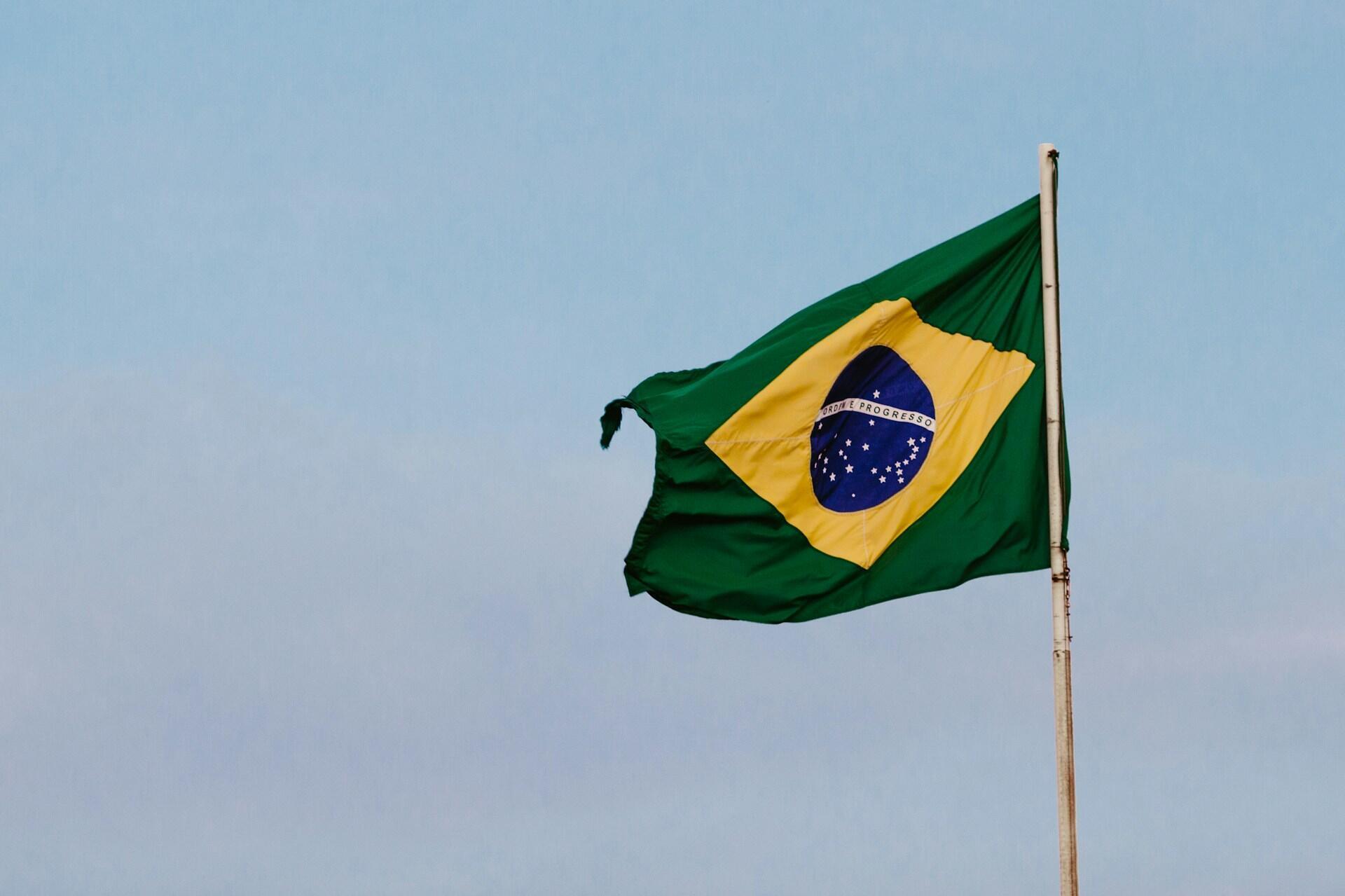
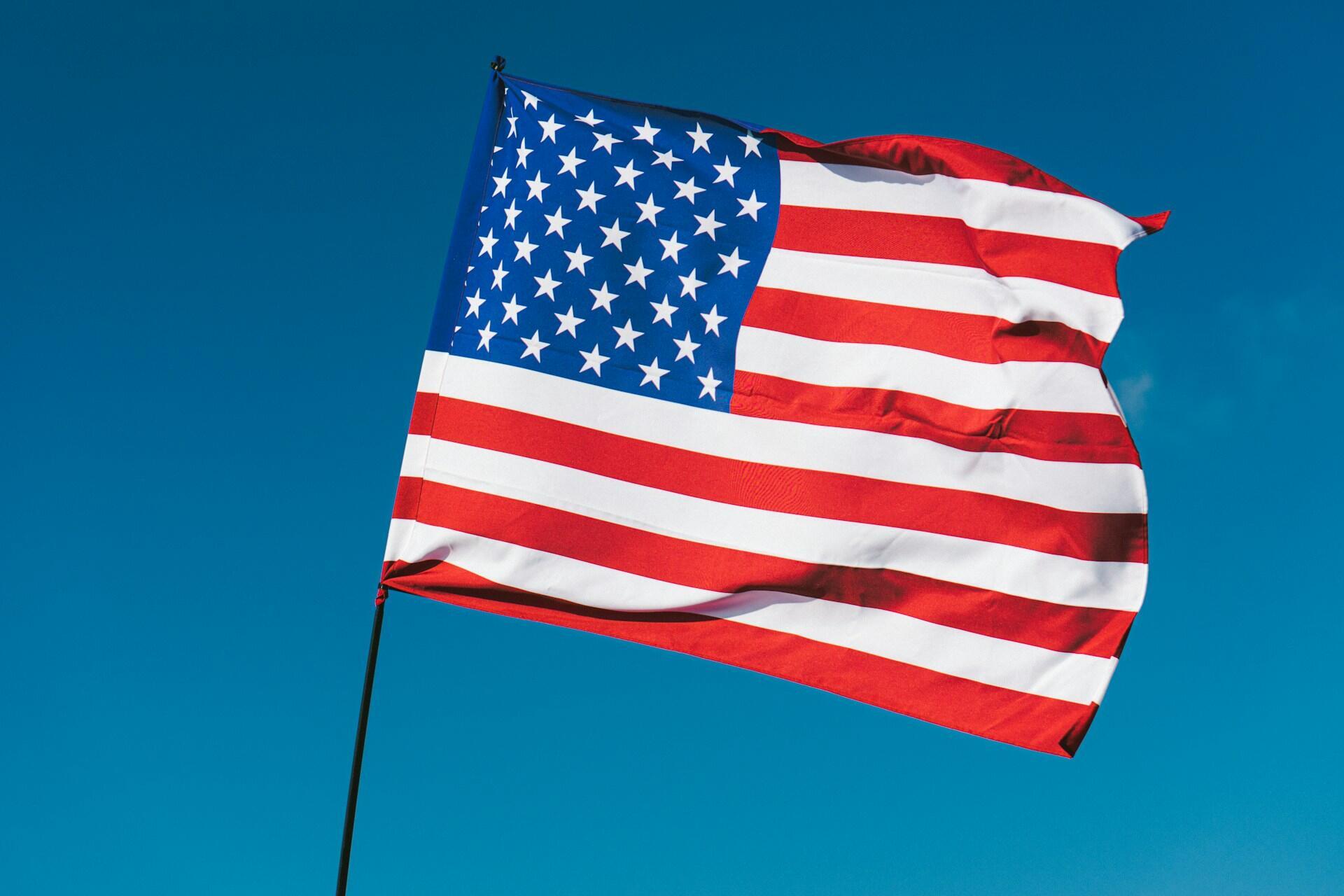
The United States of America
The United States’ “Stars and Stripes,” created in 1777, represent the 50 states (stars) and the 13 founding colonies (stripes). It was also the first flag planted on the Moon.
China
China’s red background symbolizes the communist revolution, while the five stars represent unity under the Communist Party.
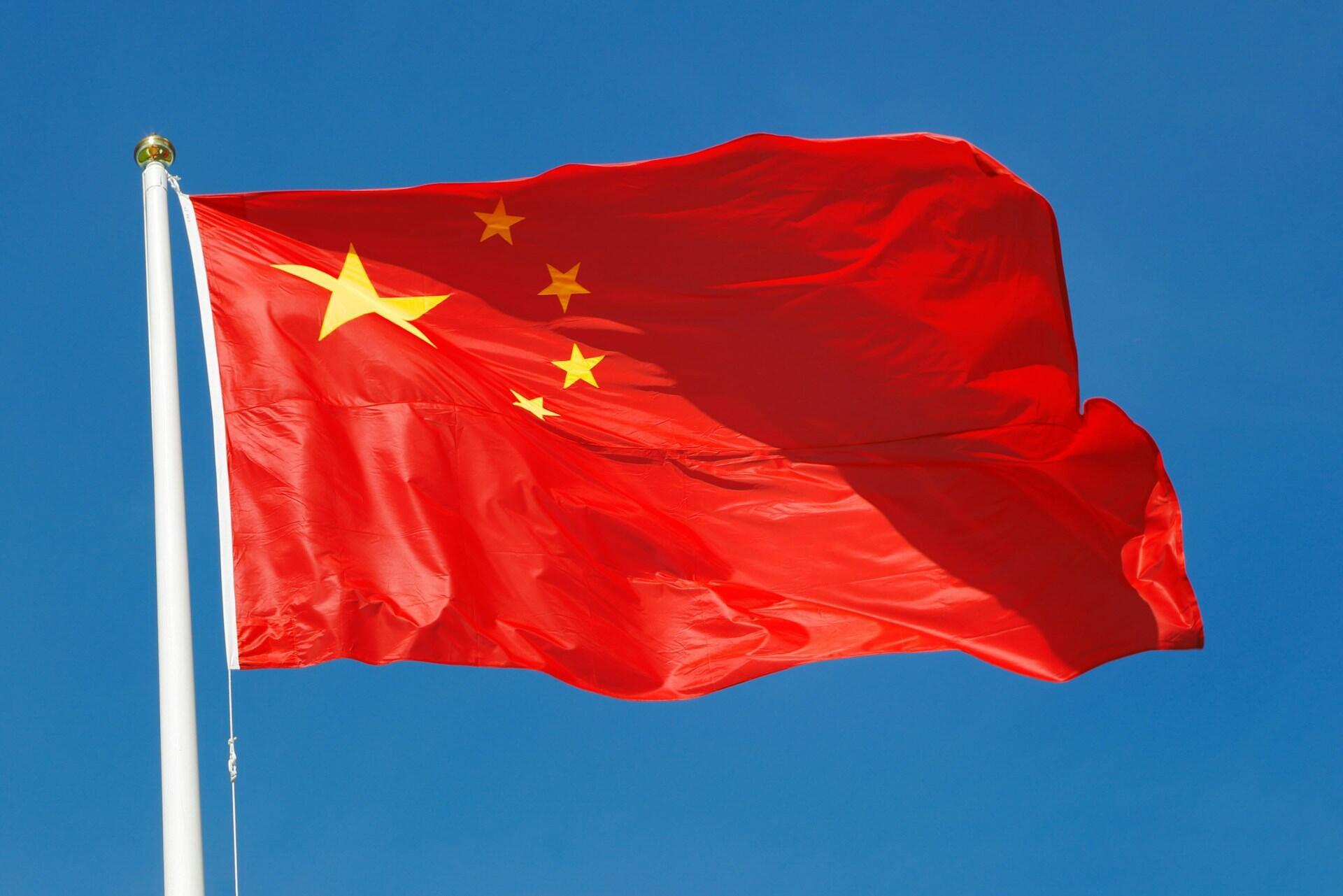

The United Kingdom
The United Kingdom’s “Union Jack” combines the crosses of England, Scotland and Northern Ireland, reflecting unity while preserving individual identities.
Japan
Japan’s red circle on white represents the rising sun and is one of the oldest flags still in continuous use, dating back to the 13th century.
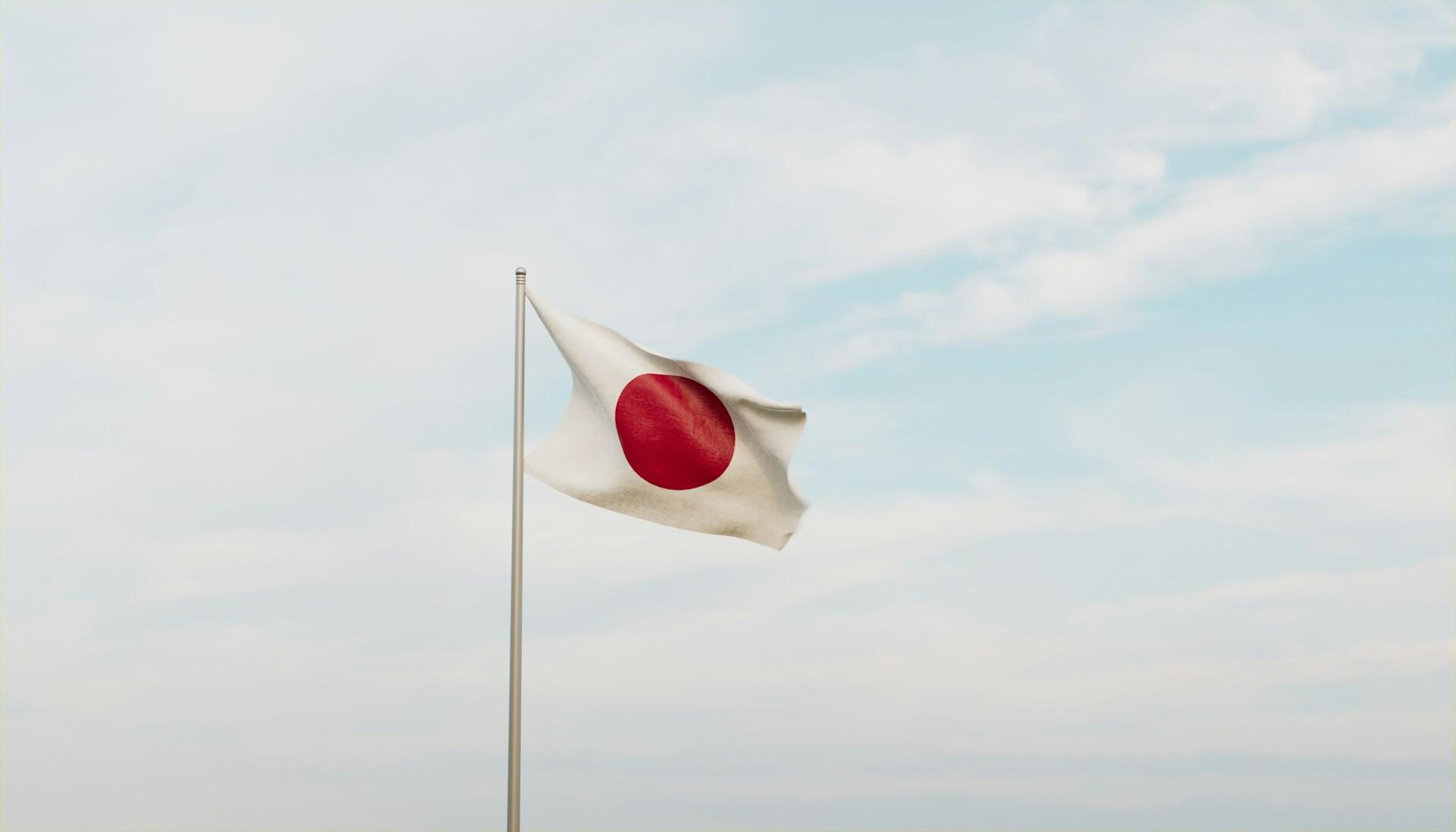

France
France’s tricolor flag of blue, white and red was born from the 1789 Revolution and inspired many others, including Italy and Haiti.
Germany
Germany’s black, red and gold were adopted during the 1848 revolution, symbolizing freedom and unity after the Napoleonic era.
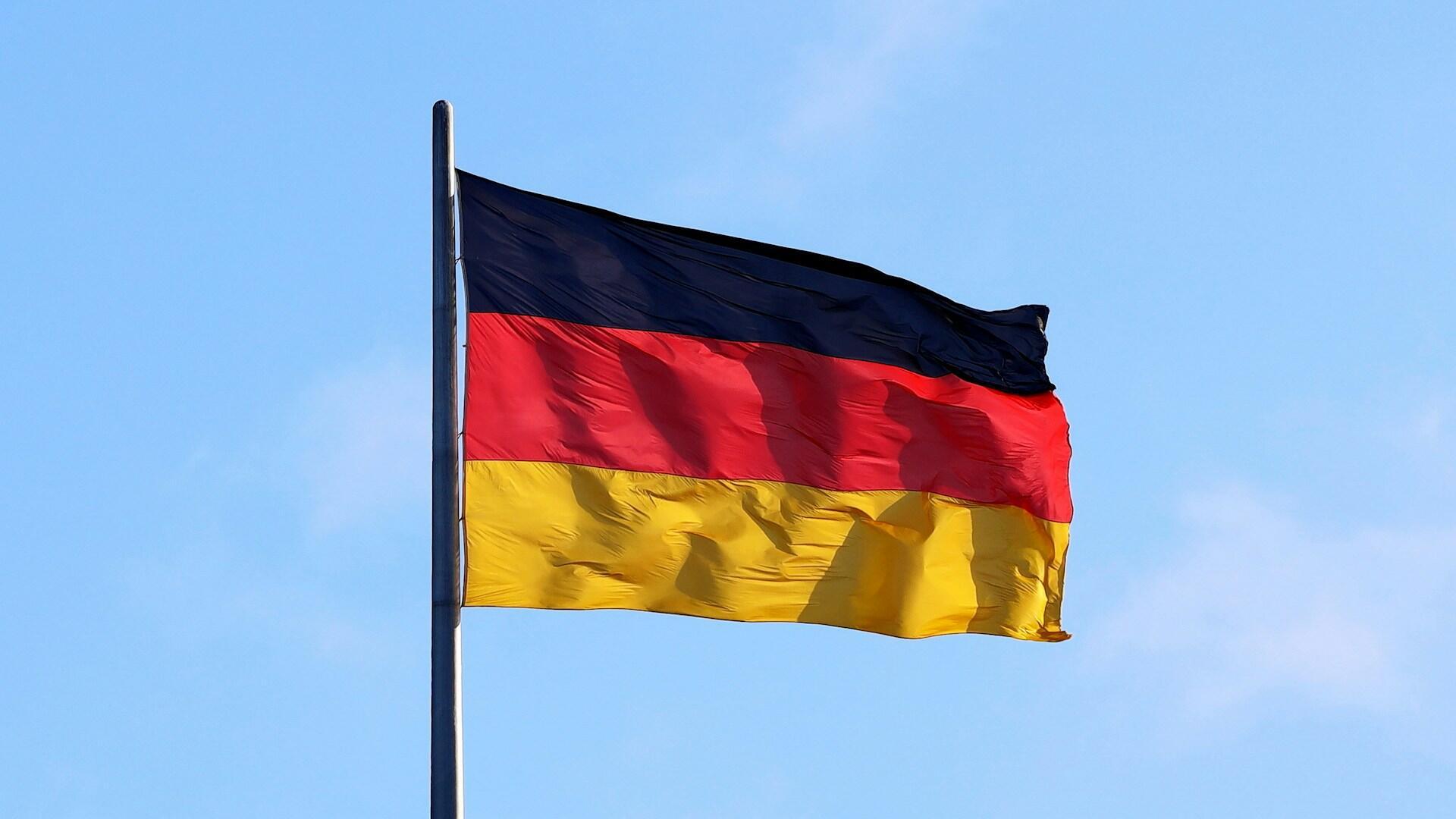

Italy
Italy’s colors evoke faith (green), purity (white) and charity (red), popularized under Napoleonic influence.
Canada
Canada’s red and white flag features a maple leaf, a historic symbol since the 18th century.
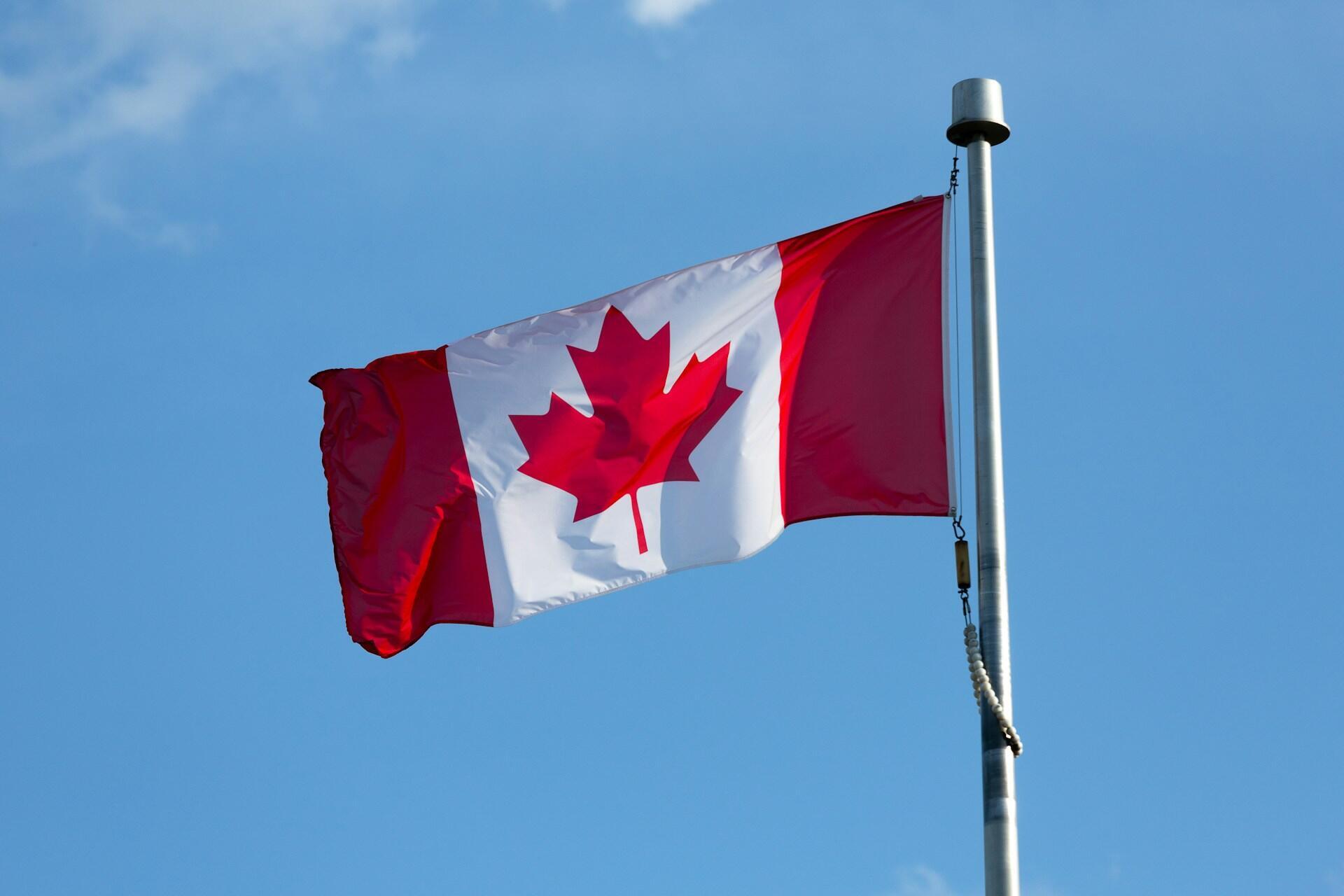
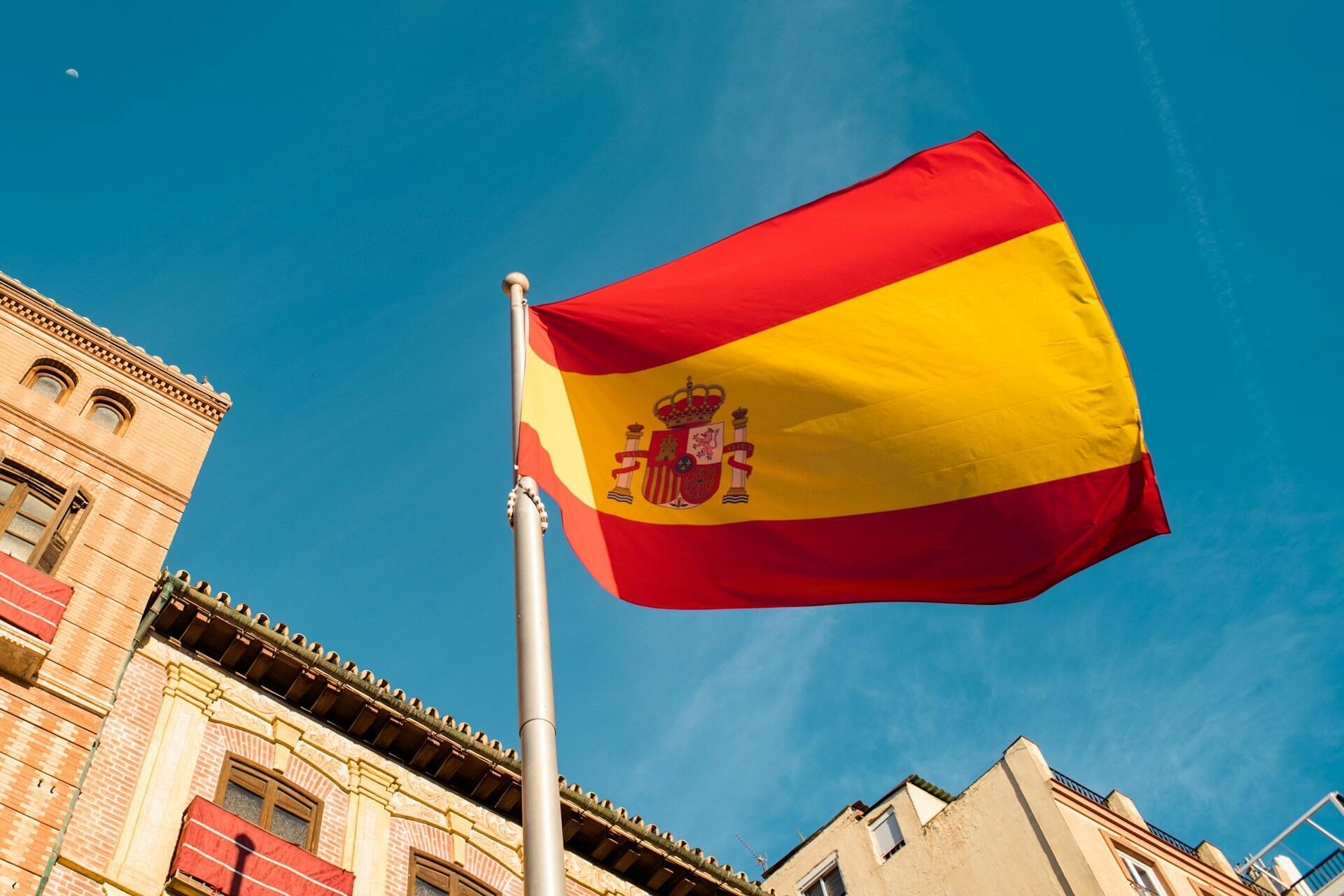
Spain
Spain’s red and yellow colors derive from its 18th-century naval banner and the coat of arms reflects its historic kingdoms.
India
India’s tricolor bands represent courage (saffron), peace (white) and prosperity (green), while the central wheel symbolizes perpetual progress.
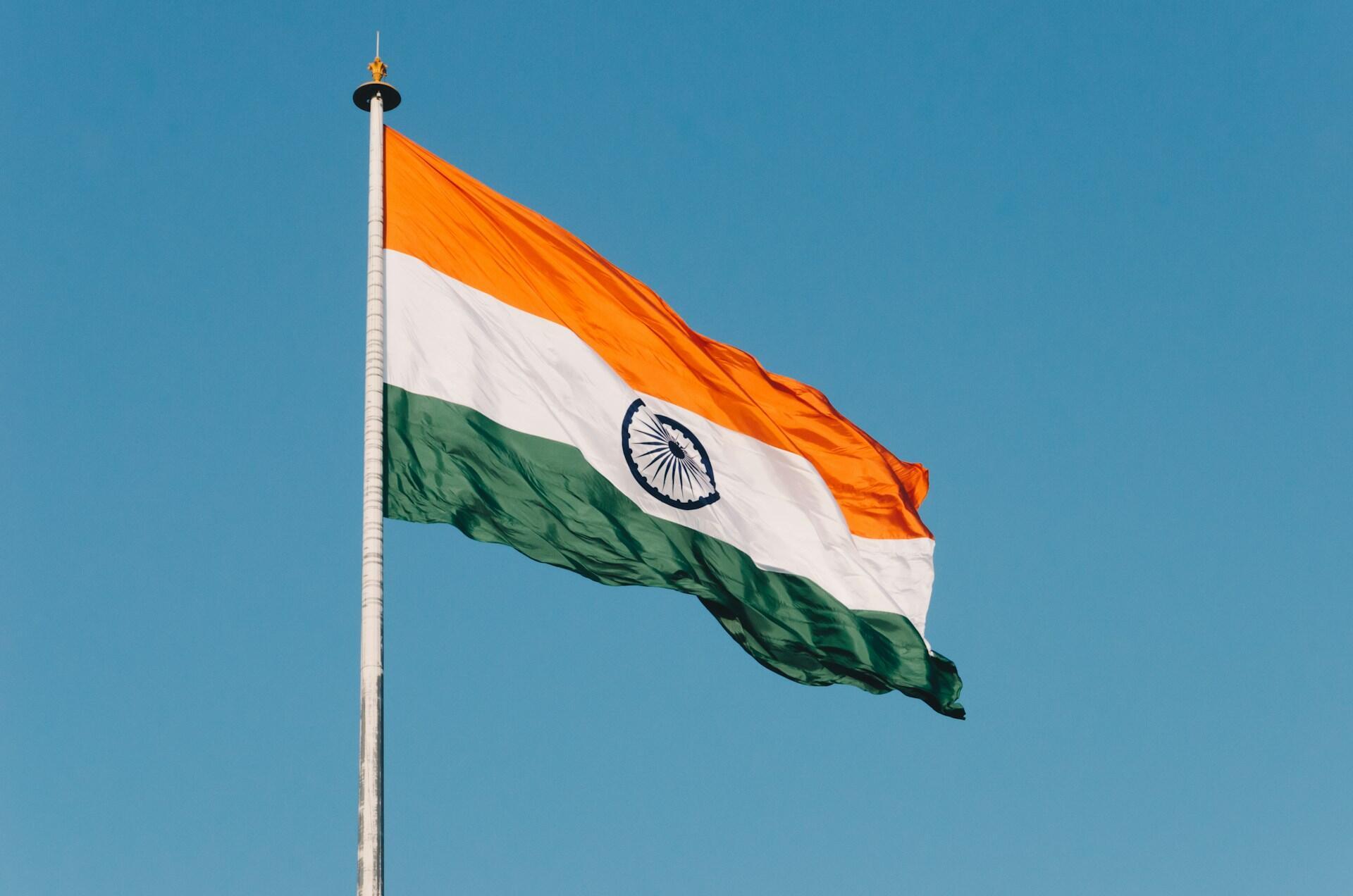
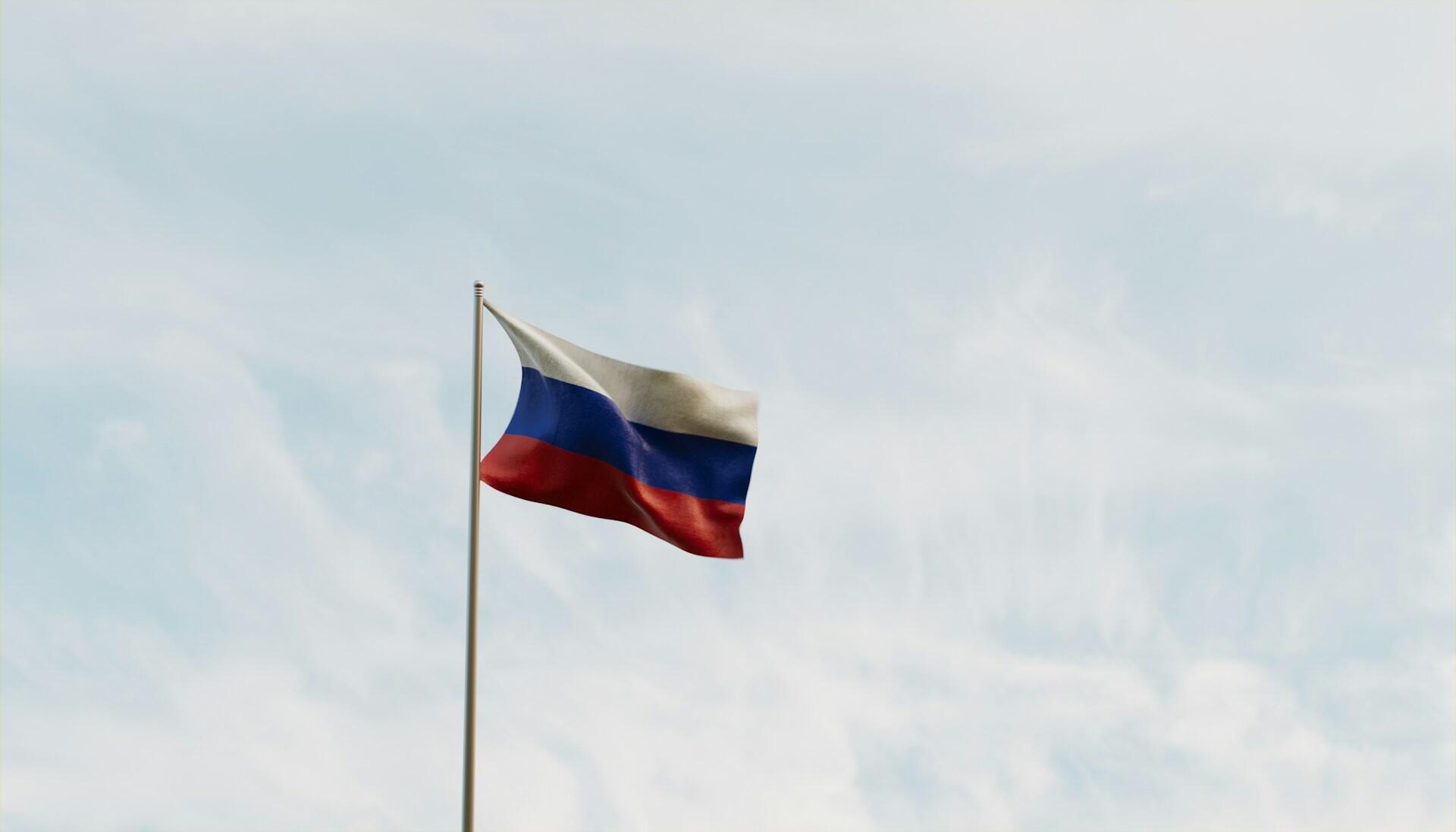
Russia
Russia’s white, blue and red date back to the 17th century and represent nobility, faith and courage.
Argentina
Argentina’s blue and white evoke the sky and clouds, with a sun symbolizing the Inca sun god, Inti.
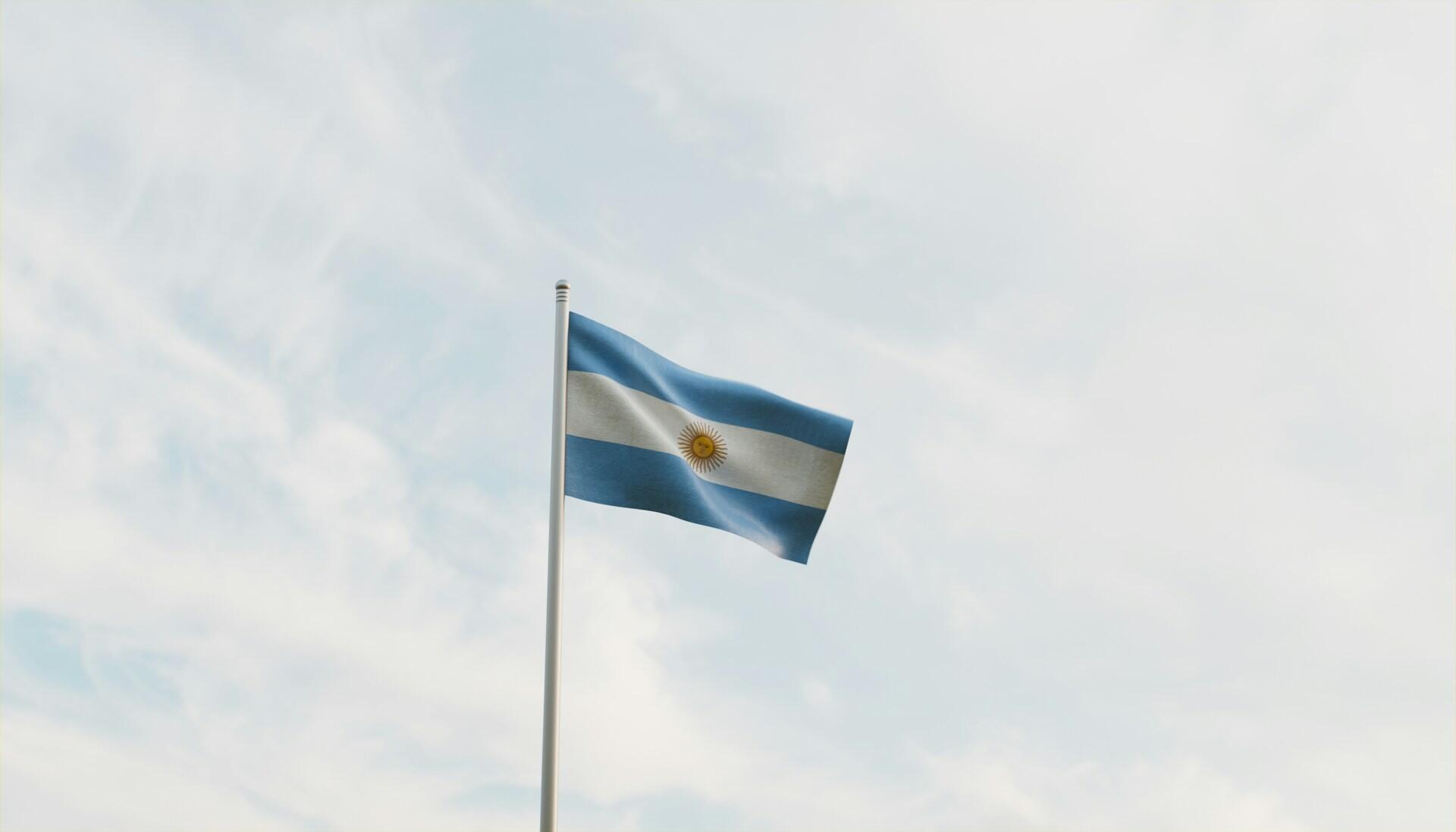
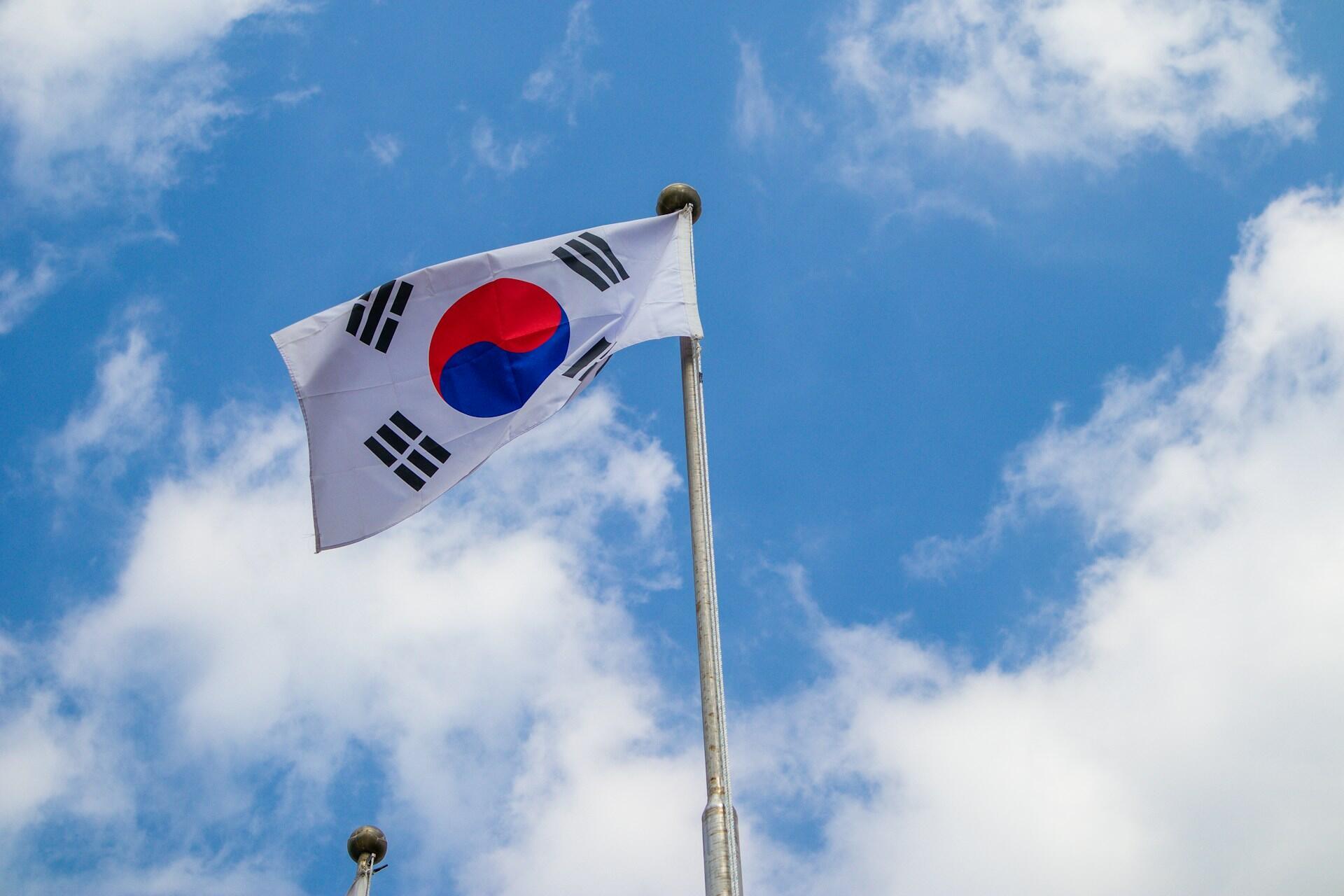
South Korea
South Korea’s flag, the Taegeukgi, expresses balance in the universe through its yin-yang symbol.
Australia
Australia’s flag features the Southern Cross constellation and the Union Jack, reflecting its British ties.

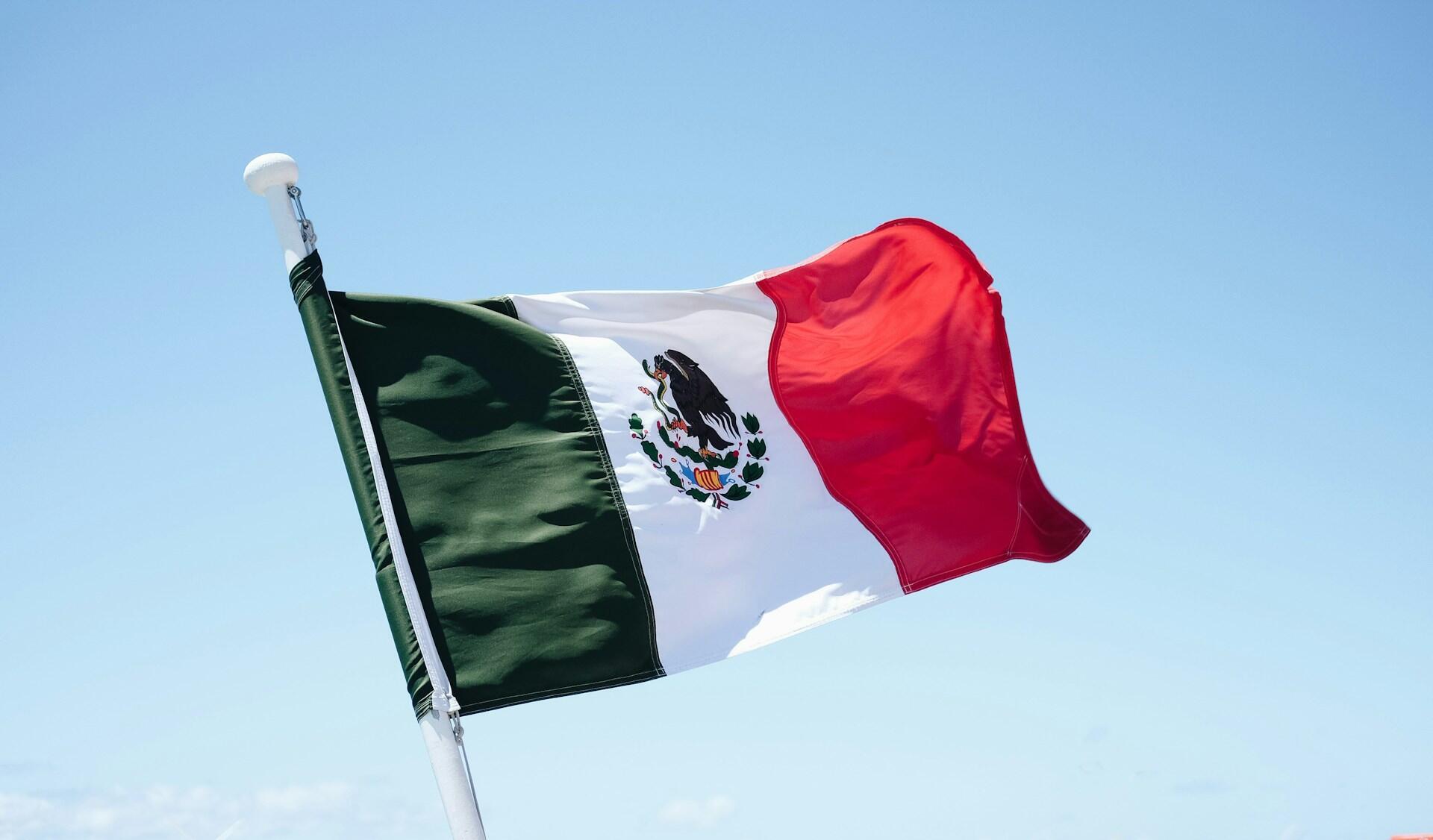
Mexico
Mexico’s flag shows an eagle holding a snake, an image from an Aztec prophecy about founding Tenochtitlán, now Mexico City.
Portugal
Portugal’s flag evokes its independence in 1143 and its role in the Age of Exploration.
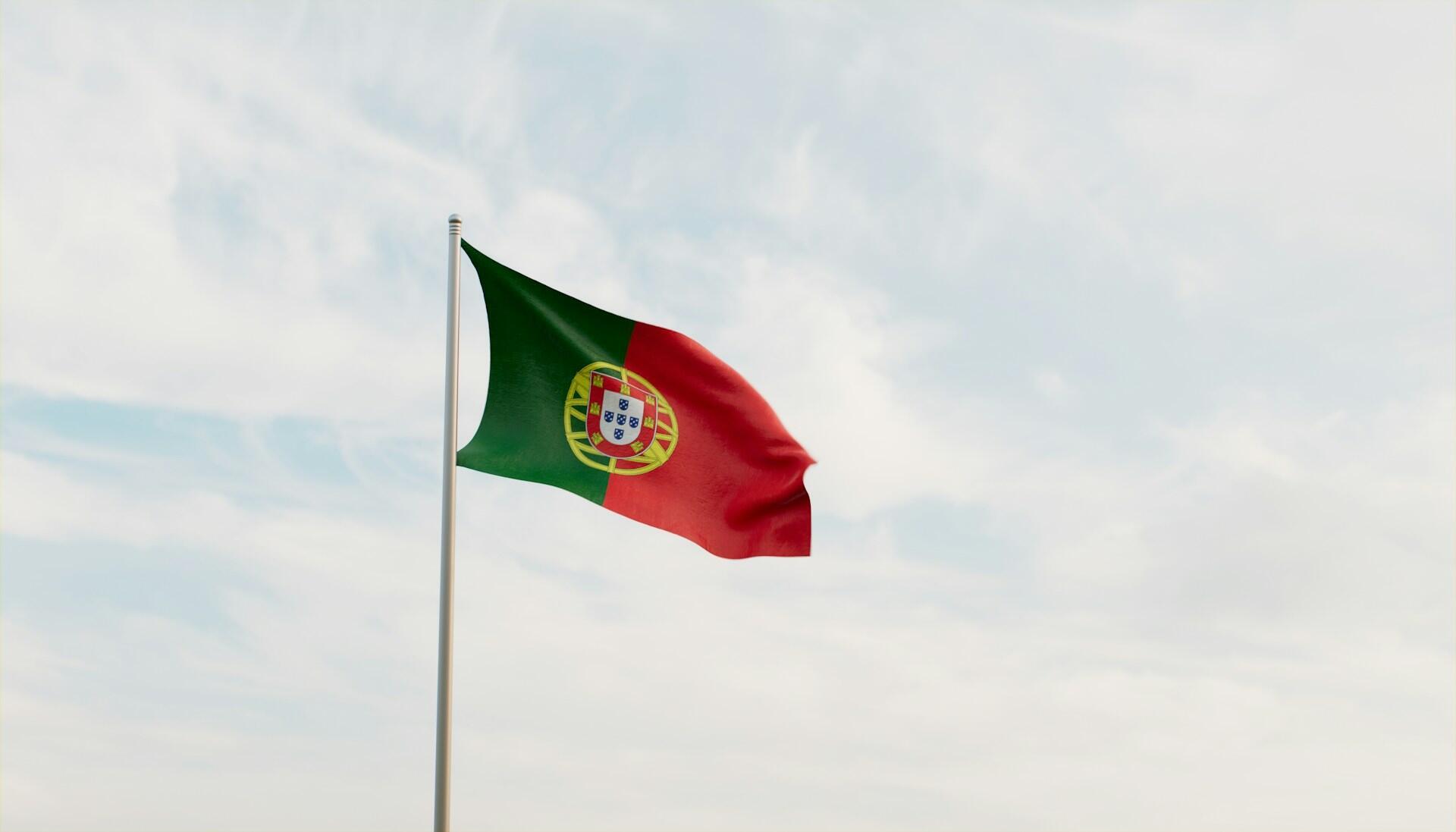
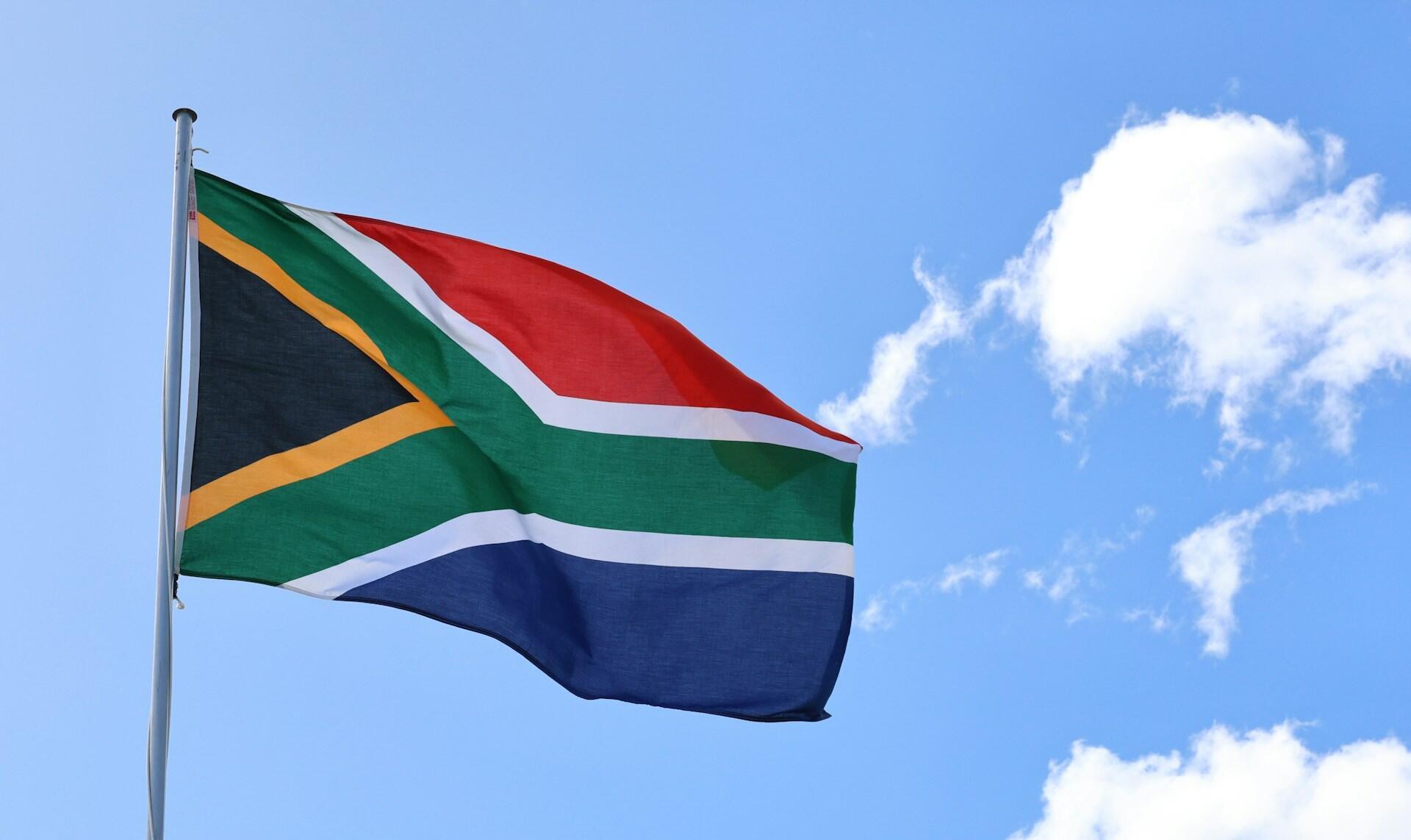
South Africa
South Africa’s six-color flag, adopted in 1994 after apartheid, has no emblem or coat of arms and symbolizes unity in diversity.
Switzerland
Switzerland’s square red flag with a white cross is one of only two non-rectangular national flags, along with the Vatican’s.
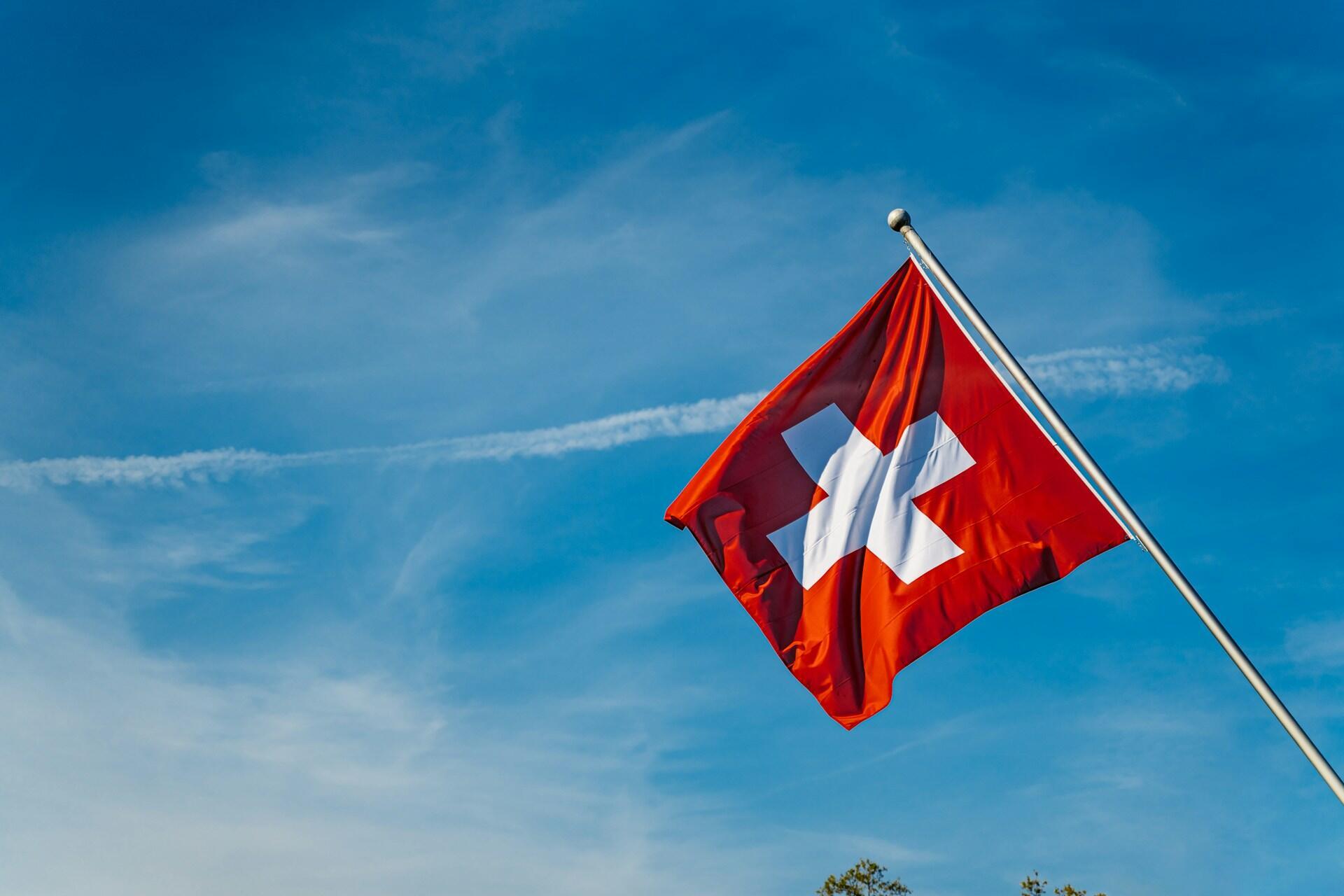
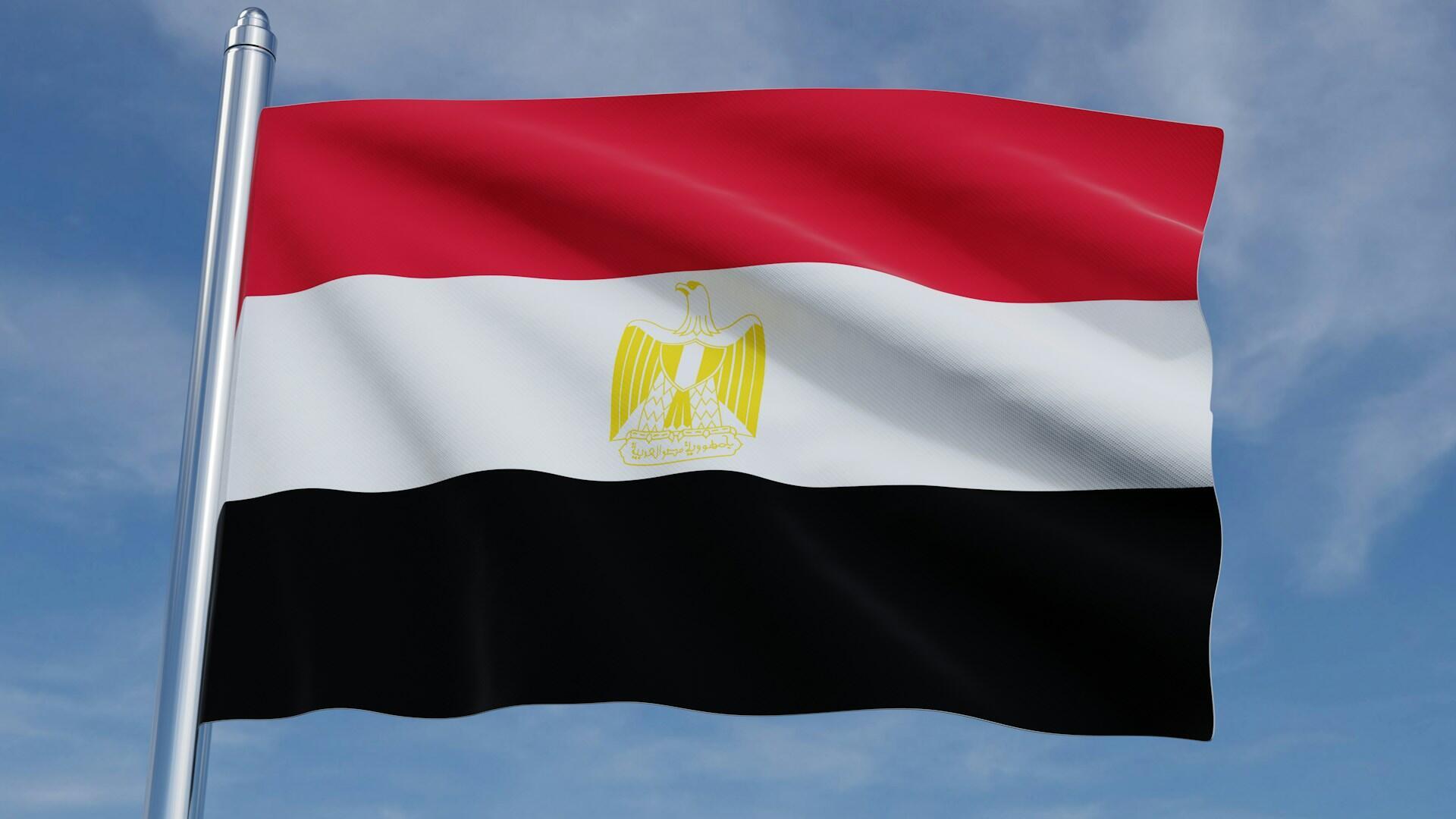
Egypt
Egypt’s red, white and black colors symbolize revolution, purity and strength, a color scheme shared with other Arab nations.
A Symbol in Constant Evolution
Despite their ancient origins, flags are more relevant than ever in the 21st century. They are displayed not only during official and diplomatic ceremonies but also at major international sports events such as the Olympics and the World Cup. Flags carry deep symbolic and emotional weight. In moments of national pride, a simple piece of cloth can unite entire populations around a common purpose.
In international relations, raising or lowering a flag remains a powerful act, signaling alliances, ruptures, sovereignty or solidarity. In the digital age, the concept of a flag has expanded. Beyond national and organizational flags such as those of the UN or EU, new emblems have appeared to represent causes and collective identities, like the rainbow flag for LGBTQIA+ pride, the peace flag or environmental banners calling for sustainability.
These new symbols show that even as the world changes and the concept of nation evolves, the human need for belonging and representation remains deeply rooted.
How did you get on?

